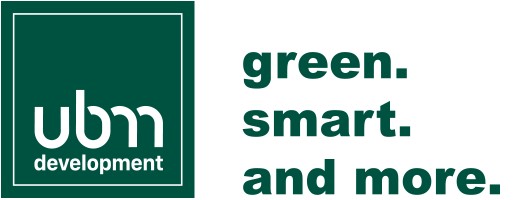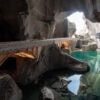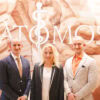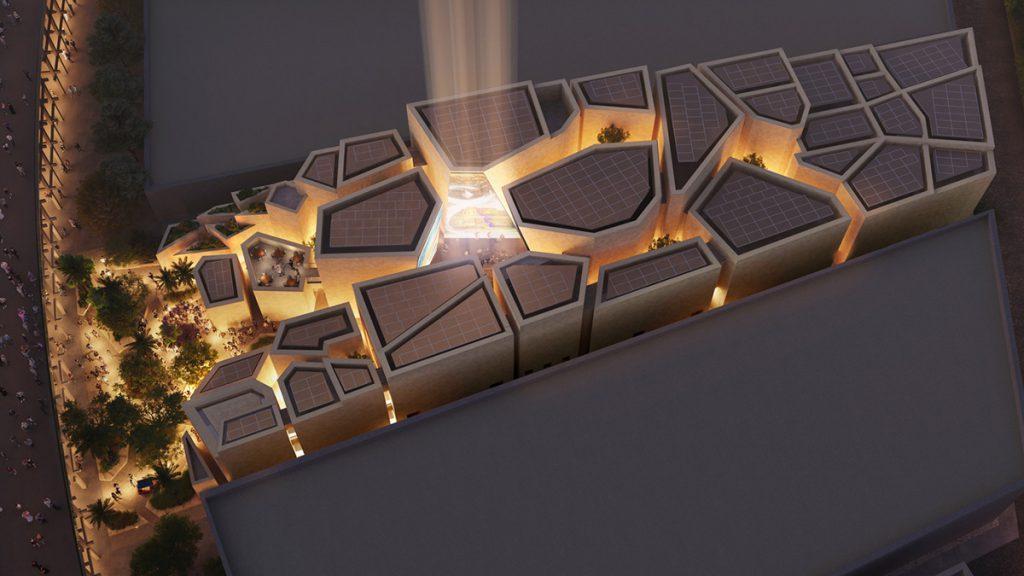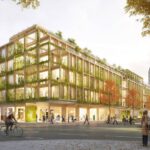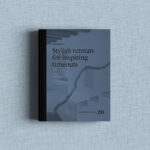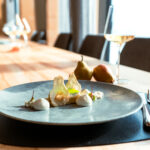World expos have a long tradition – also in terms of architecture. Expo 2025 in Osaka, Japan, is a seamless continuation of this tradition: The Saudi Arabian pavilion is being designed by one of the most renowned architecture firms: Foster + Partners.
World exhibitions can look back on a long history. This began as early as 1851, when the “Great Exhibition” was held in London’s Hyde Park. Its aim was to showcase the achievements of the industrial revolution. From revolutionary inventions such as the telegraph to the first plastic chair – the exhibition in the purpose-built (and subsequently dismantled) Crystal Palace provided a stage for these ground-breaking technologies. Around 17,000 exhibitors took part at the time.
History and tradition
The rest is indeed history. Because what followed were almost 100 further world exhibitions, now also known as Exposition Mondiale, or Expo, or short. The venues were mostly in Europe and the USA, but also in Israel, Australia, Brazil and, for the first time in 2010, China. World-famous buildings such as the Eiffel Tower in Paris, the Atomium in Brussels and the Space Needle in Seattle still bear witness to past expos.
Today, these world exhibitions are more than just a showcase for industrial achievements. They are also a place where global challenges can be discussed together. By focussing on specific topics, expos promote global awareness and understanding of sustainable development, cultural diversity and technological progress. A particularly exciting pavilion is coming from Saudi Arabia in 2025 – designed by Foster + Partners.
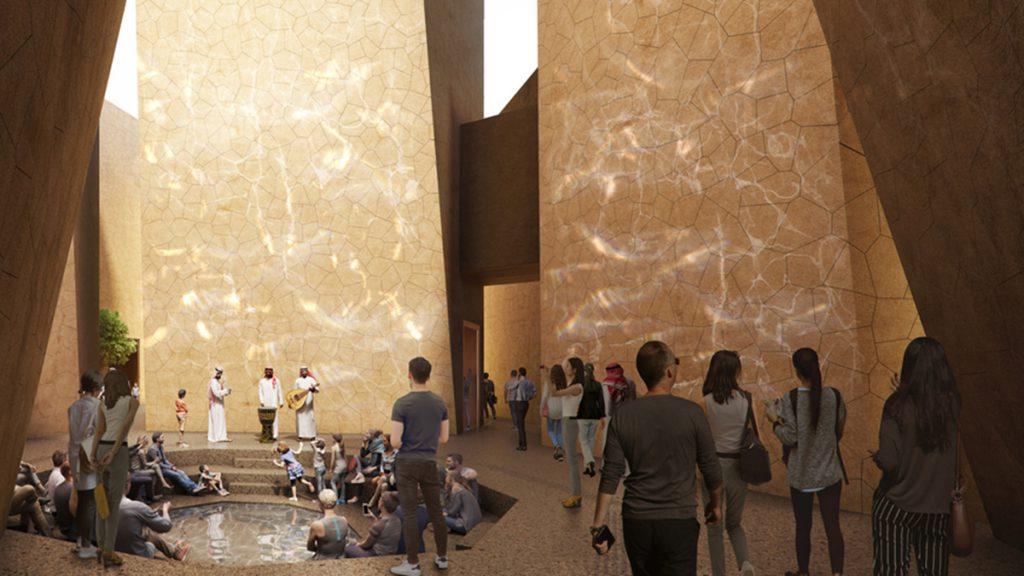
On the shores of Yumeshima
Expo 2025 will take place from 13 April to 13 October 2025 in Osaka, Japan, under the motto “Designing Future Society for Our Lives”. More precisely: on Yumeshima, an artificial island in Osaka Bay. Saudi Arabia’s pavilion will be located on the waterfront promenade there. There, visitors will embark on a journey through the deserts, cities and cultures of Saudi Arabia.
“The pavilion takes visitors on a journey of discovery, allowing chance encounters that paint – layer by layer – a vivid picture of Saudi Arabian culture. Our design plays with scale, light, sound and texture to stimulate all the senses while showcasing some of the country’s most innovative and exciting achievements,” said Luke Fox, Studio Director. These audio-visual installations throughout the pavilion are being developed in collaboration with design studios 59 Productions and Squint/Opera.
You enter the pavilion via a green forecourt planted with flora native to Saudi Arabia. If you follow the narrow alleyways, you come to a central courtyard. It serves as a haven of peace during the day and as a venue for events at night. The structure of the pavilion is inspired by the organic forms of traditional Saudi villages and utilises state-of-the-art technology to create an optimal climate inside. Computer-aided airflow simulation, which can be used to calculate the behaviour of air currents, will be used to direct cool air currents through the streets of the pavilion. The aim is to offer visitors the highest possible level of comfort even during the hottest months.
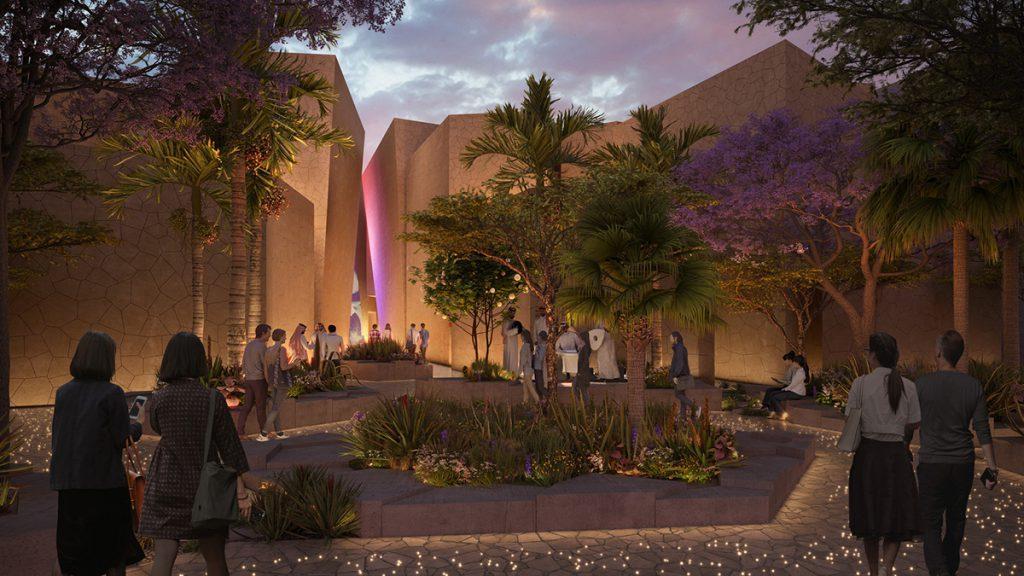
Sustainable time and again
The development and design of the pavilion focusses on sustainability and environmental friendliness. With their design, Foster + Partners are striving to achieve the highest rating of the Japanese Green Building Rating System as well as the Net Zero Operational Carbon target. Low-carbon materials, energy-saving lighting, rainwater recycling and photovoltaics are being used to achieve this. The project’s development process also took into account what will happen to the pavilion after Expo 2025. The structure is made of lightweight Saudi stone, which allows for efficient deconstruction and reconfiguration. The pavilion can then be rebuilt and adapted at other locations.
With this project, Saudi Arabia wants to present itself as a pioneer in environmental protection and is thus continuing its efforts to polish up the country’s negative image (also) due to the human rights situation – as it has already done with other initiatives, such as the Red Sea Project, which was also realised with Foster + Partners. In addition to the desert state, more than 160 other countries will be exhibiting at Expo 2025. So it will be interesting to see who wants to make what impression there. And will.
Text: Resi Reiner
Fotos: Foster + Partners
